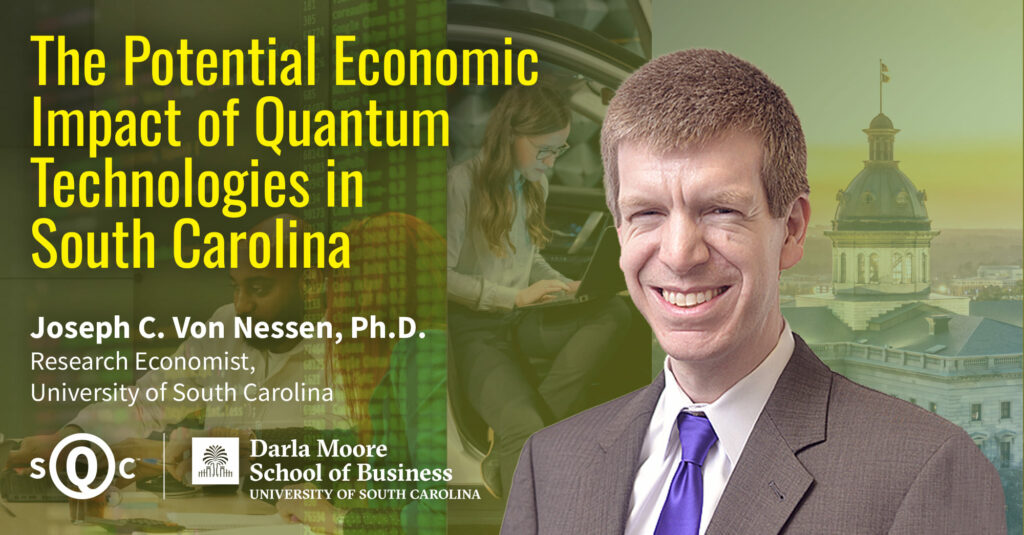
Quantum Algorithms
As quantum computing (QC) hardware and the underlying software are adopted by more banks, insurance companies and digital security enterprises in the future — seeing that the technology can solve some of the most intractable problems they face — it will create an ecosystem that is more reliant on the players at the forefront of the technology, the Googles, the IBMs, the Honeywells, the Rigettis, and the PsiQuantums of this world — for those are the companies building out the technology that is going to benefit us all in the long run.
Yet, it’s not just them. Another sector that is little appreciated at the moment but soon will be is the one designing quantum algorithms. Now, although we have innovative startups with names like 1QBit, Agnostiq, Algorithmiq, CryptoNext, Dark Star Quantum Computing Laboratories, HQS Quantum Simulations, ISARA, Qrithm, and Semicyber playing their part here, I think the really important work will be made by those enthusiasts keen on building the Q era with their algorithm projects on platforms like GitHub.
Before we move on though, a quick question:
Do you want to know how many quantum repositories are on that site?

Well, as of the 18th of June, there were 19,772 repository results on GitHub, with slightly over 4,000 of them using the Python language, some 3,200 in Jupyter Notebook while projects employing JavaScript came in at more than a thousand.
All these numbers are inconsequential until something is made of them, but they just go to show how rapidly the ecosystem in quantum algorithms, designed to solve problems in quantum chemistry, quantum ML and quantum cryptography etc, is shifting gear.
Aware of this, TQD just wanted to briefly highlight one such project and the team leading it, as we believe it will be — as quantum computing as a service (QCaaS) grows in scope — those projects and teams, aligned with the big cloud players in the space, that cause a stir in deeptech and the connected industries.
QuantumFD
QuantumFD all started in 2016 when Ovidiu-Ionut Michiu, the startup’s co-founder, CTO and quantum initiator, “lay down the foundation of the project known as Quantum Fluid Dynamics (CDF).” With his co-founders, Ilir Berisha, QuantumFD’s CEO, and Maciej Kubat, the team’s main goal back then was to find out how to leverage the computational power of a quantum platform.
This brought them to the ERIN 1.0 research project (part from Airbus QCC) a few years later. They then redirected the studies from quantum topology towards the quantum annealing approach. Then, last year, they established the ERIN 2.0 Project using Quantum annealing (QA) coupled with Lattice Boltzmann Method (LBM), a study developed to discover a way to connect QA with LBM.
QuantumFD’s services start at an idea, with “every project starting with an initial thought. The thought is written down on paper and then it is discussed to see its robustness. Several perspectives are analyzed in order to find the optimal implementation. Thus, with the help of quantum computing power, QuantumFD builds the client’s idea to optimally solve it.
The next step includes designing it to have the optimal perspective and the best results before the strategy design on the previous step is initiated to obtain the product/service requested in the specification sheets. If an idea has no value, QuantumFD does not deliver the final product/service.
“Quantum computing challenges us to shift the perspective on all we have known and applied from Newtonian system”
— Ovidiu-Ionut Michiu
All the startup’s current research in quantum annealing and CFD is available on GitHub. The main focus of the study is to propose a quantum-hybrid software/algorithm, under the GNU license of QuantumFD research project. It was created to provide a viable solution for the problem statement n°2, launched in February 2019 by the Airbus Quantum Computing Challenge in Computational Fluid Dynamics (CFD) on Quantum Computers, with the quantum-hybrid algorithm designed to run on a D-Wave’s quantum annealing system.

QuantumFD wrote the codes in the Python programming language, version 3.7 or above. Additionally, the PIL(Python Imaging Library) is required to open the Python quantum-hybrid code.
It is going to take projects similar to QuantumFD’s vein to develop a new generation of software capable of providing solutions to hard problems utilizing a combination of classical and quantum mechanics. With them, and because of them, the ecosystem will grow.
For more market insights, check out our latest quantum computing news here.

















